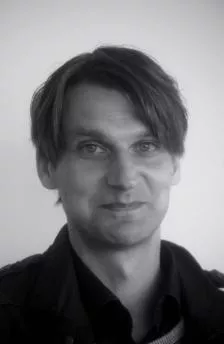At youth homes, both staff and clients try to predict potential violence. They want to be able to control and limit violent interactions and warn one another in advance, but they also strive to understand. In his chapter, David Wästerfors sketches an analysis of one type of sign of upcoming violence, namely a variety of gazes.
Excerpt from the beginning of his chapter Eyes for Violence:
Violence is not easy to accomplish, but once unleashed it can run amok and shock the surroundings, even in settings where it mightbe relatively expected. Therefore people look for signs of upcoming violence, and they use such signs in everyday explanations, predictions and theories. They strive for practical control of violence – to foresee it, to be able to be alerted beforehand – but they also strivefor conceptual control: a substantiated understanding of particularly dramatic interactions.
In this chapter I will sketch an analysis of one type of sign of upcoming violence, namely a variety of gazes. I draw on data from my ethnographic studies in Swedish youth care institutions (i.e. national särskilda ungdomshem) to show how field members (staff and youth) can treat people’s gazes as both warnings of upcoming violence and accounts of relatively prolonged, frenzied violence. Members of youth care settings – and most likely several other settings as well – may define certain ways of looking at others as accountable indications of “logging out” from ordinary ways of interacting, and embarking on more immoral and risky tracks. In this explorative text, I will make use of a range of “folk terms” to describe the phenomena I am interested in – “darkened eyes”, “a hard gaze”, etc. Some of these gazes seem to be used strategically (to threaten others, to make others obey), others appear rather “wild” (signalling “out of control”) or condescending. But in one way or another they all refer to a shared quality: an opening or readiness for violence.
Malin Åkerström has in her chapter Mötesstrider och dokumentkamp i ungdomsvården (Meeting Struggles and Document Distress in Youth Care) talked to youth care coordinators about the strong feelings they themselves experience in the meeting room. Åkerström writes that objectivity and neutrality should ideally characterize bureaucracy's "emotional regime" or affective tone. Max Weber characterized the ideally-styled bureaucracy: sine ira ac studio (without anger or affection). Nevertheless, meetings and documents in this youth care project were surrounded by intense involvement and were often described in emotional terms. Feelings like anger, bitterness, and sometimes triumph characterized many interactions and recounted situations in the collaborative work of a number of coordinators.
In total, 37 authors participate in the book "Den motspänstiga akademikern" (The Opposing Academic), where 23 chapters in various ways reflect central themes in Ingrid Sahlin's research. Editors: Björn Andersson, Frida Petersson and Anette Skårner. More information (in Swedish) on egalite.se
David Wästerfors and Malin Åkerström are members of the research environment Sociological Criminology at the Department of Sociology, a research environment that aims to broaden the analysis of crime and punishment. Read more on their page: Sociological Criminology.



